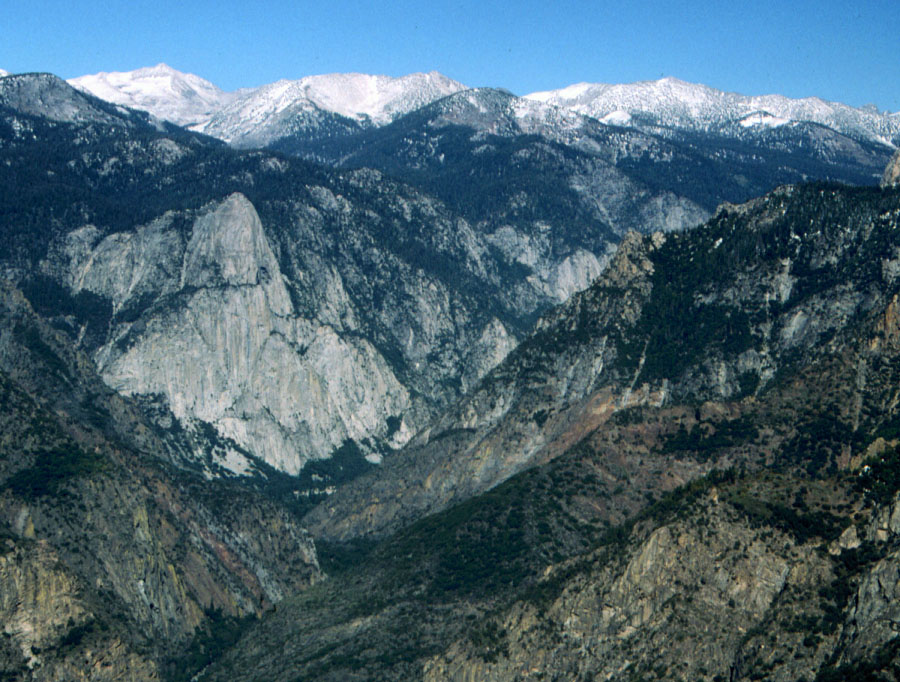Structural geology and at least one semester of college physics and calculus are strongly recommended.
Some of the topics to be discussed include:
- Precambrian rifting event(s) (evidence from stratigraphy interpreted with thermal subsidence models, magnetostratigraphy and isotopic tracers)
- Paleozoic passive margin to Antler/Ancestral Rocky/Ouachita tectonics (including seismic reflection profiling, stratigraphy, and the application of tectonostratigraphic terranes)
- the accretion of exotic terrains (paleomagnetism and tectonostratigraphy), development of igneous batholiths (petrology and isotope geochemistry with a dash of geophysics),
- development of a fold-and-thrust belt (structural analysis, physical models of orogenesis),
- Laramide tectonics (stratigraphy, flexural and isostatic models, isotope geochemistry, paleomagnetism and Baja/British Columbia),
- initiation and development of extensional tectonics (geobarometry/geothermometry, stratigraphy, geochronology of structural elements, plate tectonic reconstructions),
- uplift of the western Cordillera (paleofloral analysis, geomorphology, climatic considerations)
- transition from convergent to transform plate motions (plate reconstructions, paleomagnetism, stratigraphy, reflection seismology, physical models)
- examination of hazards and ongoing deformation from the geohistorical perspective (could involve geodesy, geophysical models, scarp dating)
